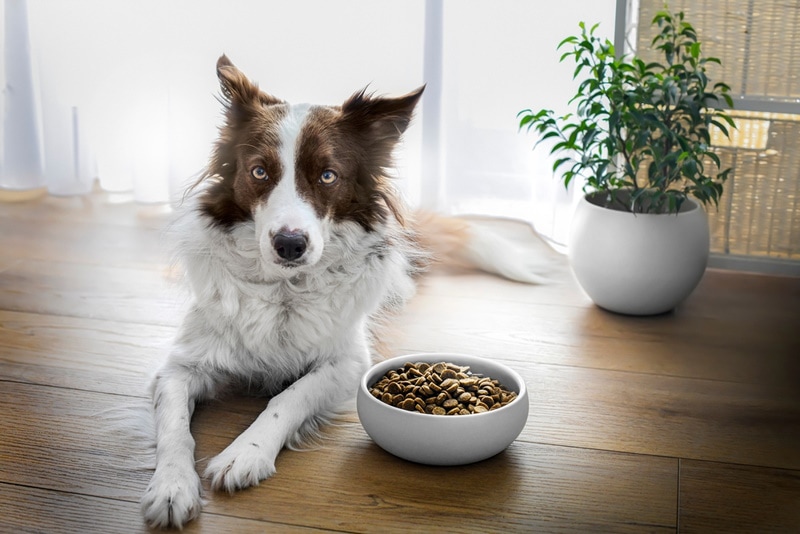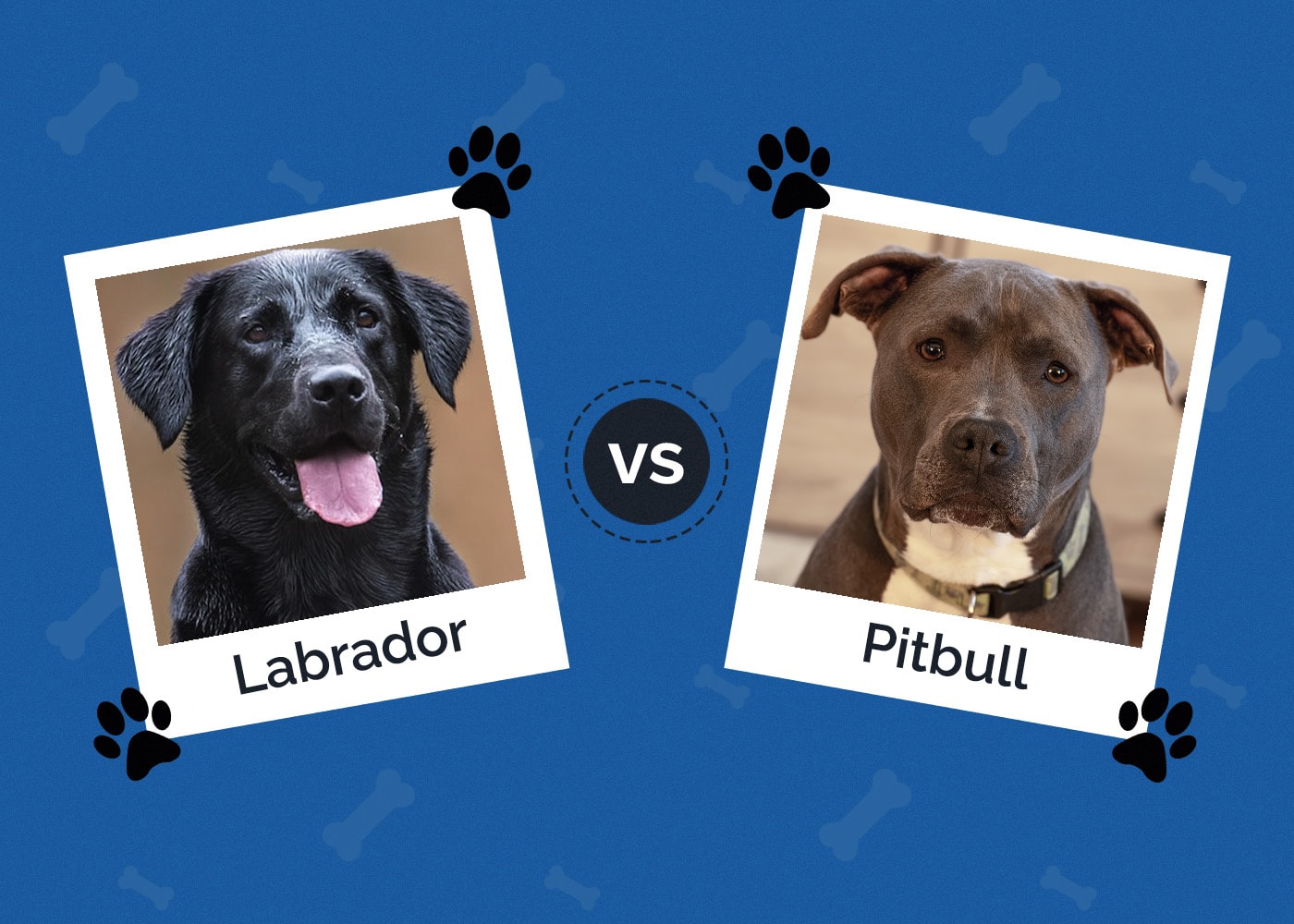Can Dogs Eat Microgreens? Vet Approved Facts & FAQ
Updated on

Click to Skip Ahead
Many people are rethinking their relationship with their pets, often viewing things through an anthropomorphic lens. We usually don’t eat the same thing every day, but some may think canine companions perceive their diets as boring and choose to add other foods, such as microgreens.
Dog food could certainly look better with a smattering of the color they provide. However, microgreens are a mixed bag, partly because they aren’t legally defined. They can include a variety of greens. Unfortunately, some microgreens aren’t safe for dogs or cats. While microgreens offer nutritional value, we suggest using caution when feeding them to your dog so that you know exactly what you’re giving your pet.
Microgreens 101
Microgreens are a relative newcomer to the culinary scene, with them hitting the restaurant circuit in the 1980s.1 They are often used as a garnish to add visual appeal to dishes. The array of colors they provide certainly ups your plating game.
Microgreens are early-harvested greens, usually between 2 to 4 inches tall. Microgreens consist of the stem, the seed leaves, and the first true leaves of the plants. Their shape, colors, and small size make them an attractive addition. They also add a welcome texture to foods. They differ from sprouts, which are legally defined and include the entire plant to the root.
Microgreens can boost flavor if tasty plants are part of the mix, such as fennel and basil. It’s worth noting that research suggests canines can detect umami, making a case for the gustatory side of microgreens.2

Nutritional Value of Microgreens
The nutritional value of microgreens is all over the board. That’s one factor that makes a definitive yes or no for feeding them to your dog difficult. However, they can provide superior nutrition compared to their adult counterparts, with one study putting them at 4 to 40 times more nutritious.
The actual nutrient content varies with the product. For example, the aforementioned study found that the vitamin C content of a 100-gram serving could vary from 20 to 147 milligrams. That’s significant for people wanting to improve the nutritional value of their diet. However, it’s a moot point for dogs and cats since they can synthesize this vitamin in their bodies.
Some mixes contain one or two species. Others can have a variety of plants to create a culinary mix. Therein lies your challenge as a pet owner. You must vet any microgreen mix you want to give your pet. Some plants, like kale, are safe for your dog to eat, but others aren’t. Remember that they are marketed for people’s tastes specifically and don’t take dog safety into account.
Some products are labeled as sweet or spicy, leaving consumers little information to make an informed choice. If you want to offer them to your dog, you must research the microgreens you’re using to make sure you’re not feeding your pet something they shouldn’t eat. You should also take the same precautions you’d take for yourself or your family regarding their safety from foodborne illnesses.
FAQ
Which Microgreens Are Safe for Dogs?
Microgreens of familiar plants, such as kale and arugula, are safe for your pet to eat. Broccoli, lettuce, and sunflower greens are also acceptable. They pack a nutrient punch that can benefit your pooch, with some containing significant amounts of vitamins A and K.
What Are Some Adverse Effects of Microgreens?
Microgreens include various plants, from arugula to chives to carrots. You’ve undoubtedly spotted one red flag. Mixes can have problematic species, such as onion and buckwheat. The latter may be off your radar because of its unusual side effects. It contains a chemical compound called fagopyrin. It can cause light sensitivity or phototoxicity for animals and people who spend a long time in the sun after ingestion. Whereas species of plants in the onion family (Allium spp.) contain sulfur compounds that can cause red blood cell damage and potentially anemia.

What Are Some Issues About Microgreens That I Should Also Consider?
Shelf life and product safety are significant concerns with microgreens, especially for commercial products that aren’t local. They can go bad quickly and potentially increase the risk of foodborne illnesses. However, evidence hasn’t emerged for this caution. The benefits of their nutritional value also decline after harvest.
Final Thoughts
The value of microgreens exists more for humans than dogs. They add texture and aesthetic appeal that are largely lost on canines. You can feed your pup some products. However, they can also contain problematic ingredients, making consumer education a must. Our advice is to research your options, but it’s still better to stick with a snack that you know is safe for them.
Featured Image Credit:













